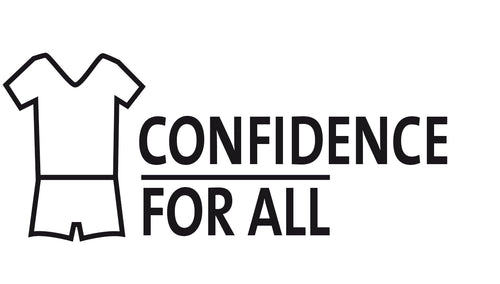Hyperhidrosis, also called excessive sweating, is a condition in which a person sweats excessively without heat or physical exertion. It is a relatively common condition that affects approximately 3% of the population.
Types of Hyperhidrosis
There are two types of hyperhidrosis: primary and secondary. Primary hyperhidrosis, also called essential hyperhidrosis, occurs without a known cause and is often localized to the palms of the hands, soles of the feet, armpits, and/or face. Secondary hyperhidrosis occurs due to an underlying medical condition, such as thyroid disease or menopause.
Causes of Primary Hyperhidrosis
It's not clear exactly what causes primary hyperhidrosis, but it appears to be caused by an overactive nervous system that overstimulates the sweat glands. Heredity also appears to play a role, as the condition often runs in families.
Symptoms of Hyperhidrosis
The main symptoms of hyperhidrosis are excessive sweating and the feeling of wetness on the skin, without heat or physical exertion. Other symptoms include:
- White, soft skin on the palms of the hands, soles of the feet, armpits or face
- Clothing that gets wet quickly and sticks to the skin
- Fungal infections on the skin due to the moist environment
- Less self-confidence and social anxiety due to the condition
- Hyperhidrosis can have a serious negative effect on a person's daily life, making it difficult to engage in social interactions and do work that requires a lot of physical activity.
If you think you have hyperhidrosis, it is important to consult a doctor or dermatologist for proper diagnosis and treatment. The doctor will likely ask a number of questions about your medical history and symptoms to determine whether you have primary or secondary hyperhidrosis.
If secondary hyperhidrosis is present, the doctor will likely perform some tests to determine the underlying cause, such as blood tests or a thyroid test.
Treatment of Hyperhidrosis
Fortunately, there are several treatments available for hyperhidrosis, including:
- Deodorant: Deodorant containing aluminum chloride can help reduce excessive sweating.
- Anti-sweat shirts: Clothing with armpit pads, or pads in underwear, absorb sweat.
- Anti-sweat underwear
- Medication: Medications such as anticholinergics can reduce sweat production.
- Botox Injections: Botox injections can help reduce excessive sweating in some cases.
- Surgery: Surgical procedures, such as endoscopic thoracic sympathectomy (ETS), may be considered in some cases for people with severe hyperhidrosis.




